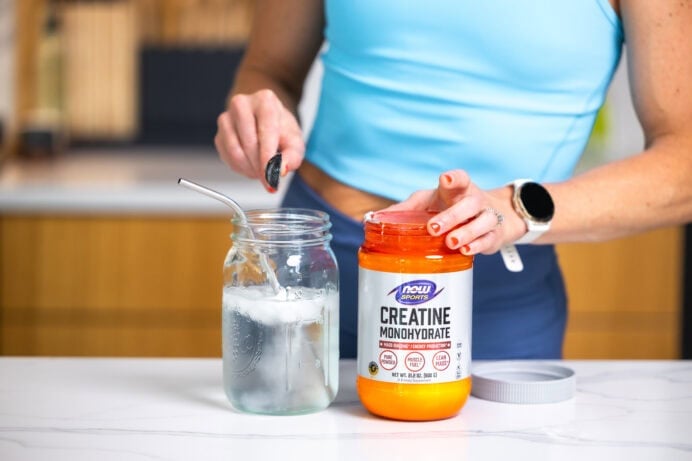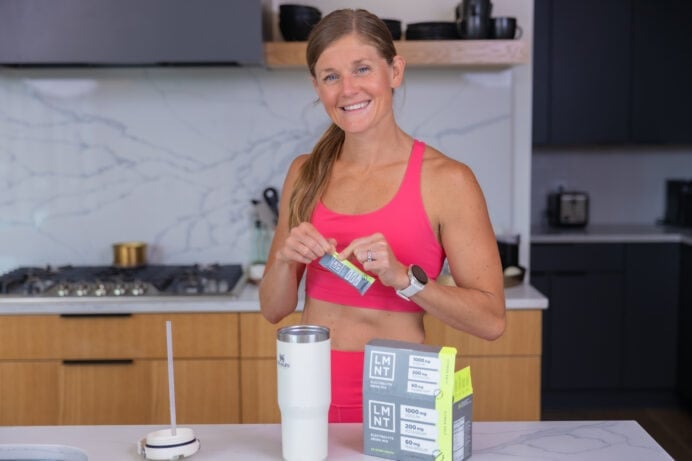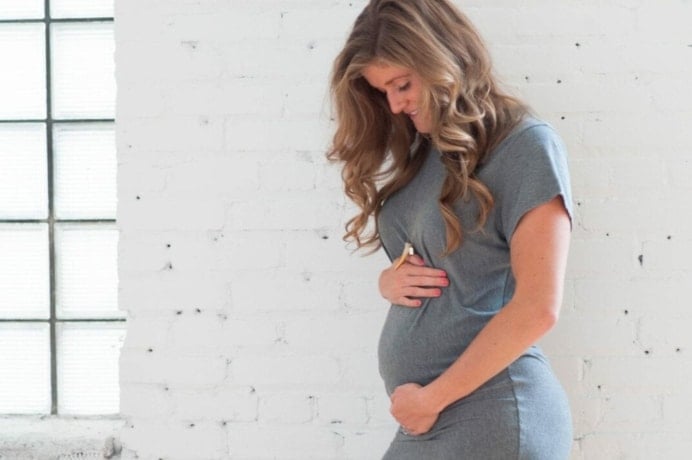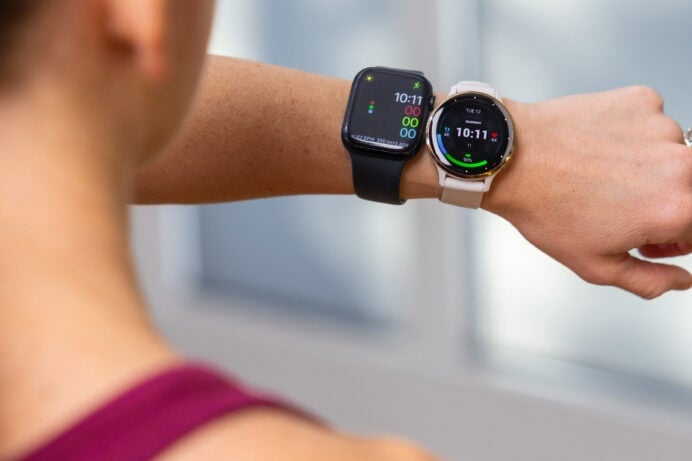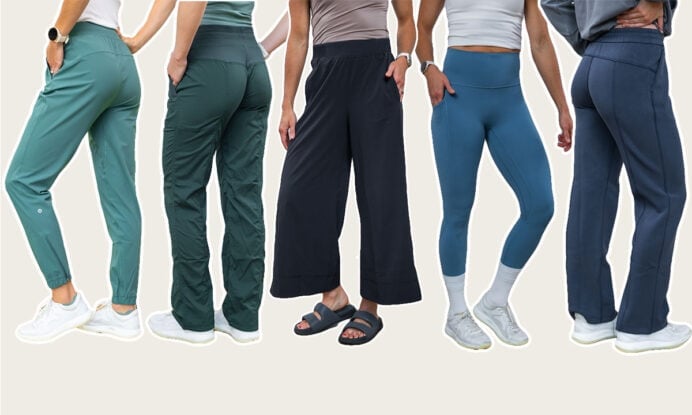
Should You Cold Plunge Before or After A Workout?
As a mom of three littles and an online entrepreneur, I’m always looking for ways to optimize my energy, recovery, and overall well-being. One of the newest habits I’ve started is cold plunging every morning. Here’s an honest look at my experience and whether you should cold plunge before or after your workout.
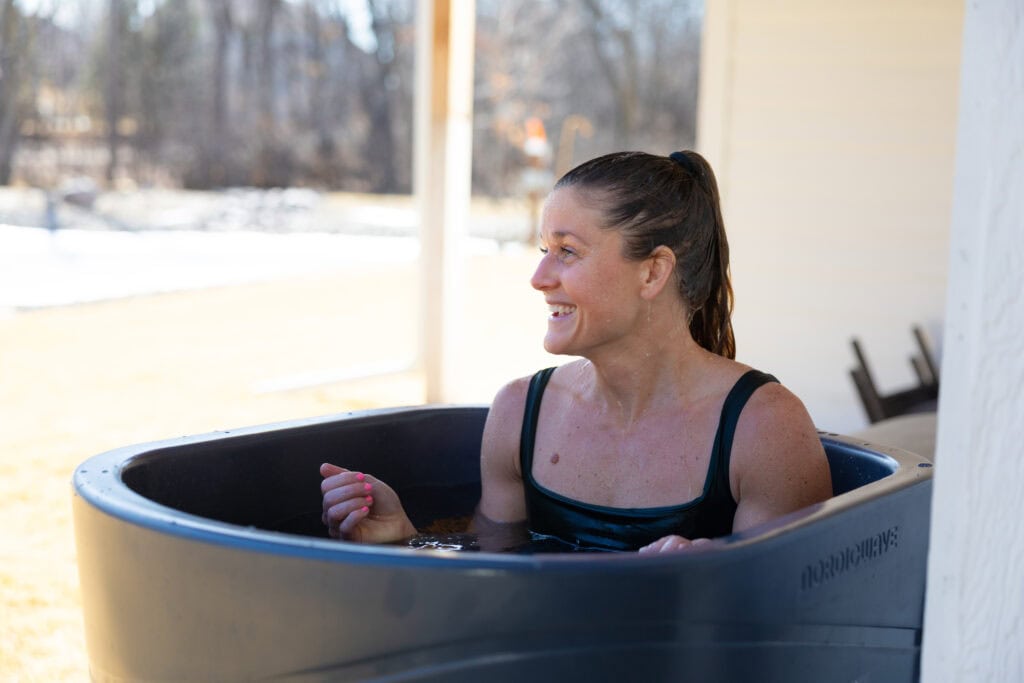
Cold plunges are best known for aiding muscle recovery and reducing inflammation, but I was most interested in the research highlighting their benefits for improved energy levels and enhanced mental resilience. Similar to red light therapy for muscle recovery, cold plunging is one of those restorative practices that goes beyond just physical repair — it can support overall well-being too.
Additionally, some research is starting to suggest cold plunging can reduce perimenopause and menopause symptoms as well; which is also of interest to me.
After incorporating 2-3 minutes of using the Nordic Wave cold plunge every morning, I’ve noticed some incredible benefits. I feel more alert and energized throughout the day and during my resistance training workouts. My mental clarity has improved, making busy days feel more manageable.
I track my sleep on my Garmin Watch and have also noticed a big improvement in my deep sleep. Before cold plunging, I averaged around one hour per night, but now I’m constantly getting two hours of deep sleep. I also wake up more recovered and with less joint pain, especially in my surgery knee.
Cold Plunge Benefits
Cold plunges enhance performance by reducing lactic acid build up, inflammation, and muscle soreness while improving circulation. The increased blood flow to the brain boosts mental focus and concentration.
- Instant Energy Boost: Starting my day with a cold plunge wakes me up in a way that coffee never could. It sets the tone for a focused and productive morning.
- Joint Relief: Helps with tendonitis, muscle strain, and inflammation-related issues. I now wake up with less joint pain, especially in the knee I had surgery on.
- Mental Clarity: Cold plunges support mental health by reducing stress, improving sleep quality, and enhancing overall well-being.
- Better Memory: Boosts memory retention by increasing blood flow to the brain, which stimulates cognitive function—similar to the benefits of exercise.
- Improved Sleep: Doing this in the morning has contributed to better deep sleep at night. My body seems to regulate stress and recover better throughout the day.
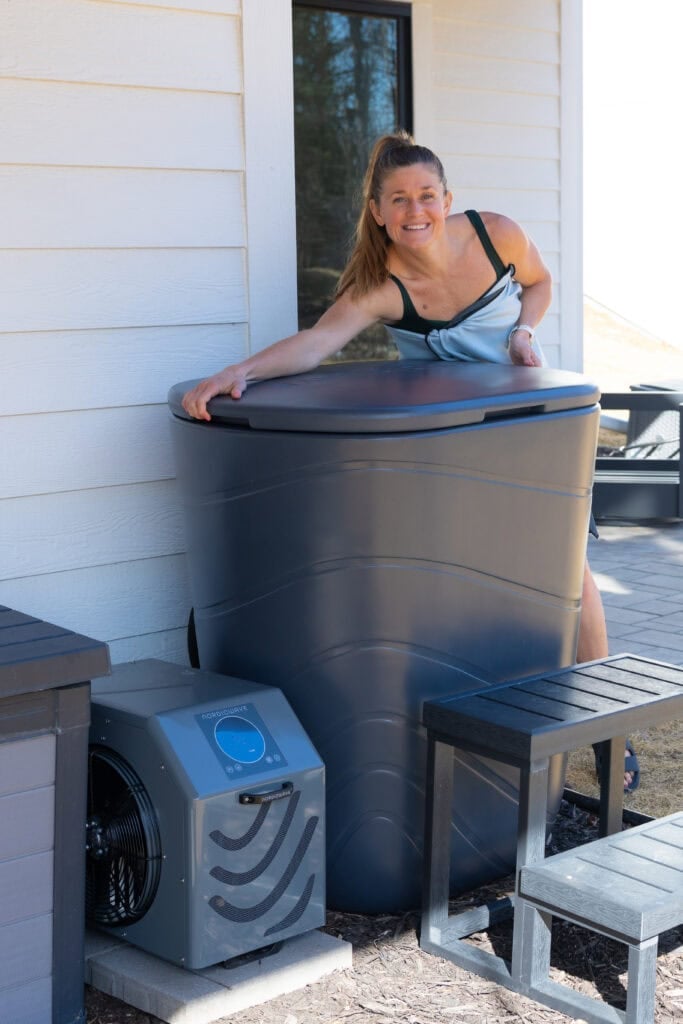
Nordic Wave
Discount code: LINDSEYB150
Should You Cold Plunge Before or After a Workout?
Cold plunging can be done either before or after exercise. But cold plunging after strength training may interfere with muscle growth by slowing muscle protein synthesis and cellular activity. The reduced blood flow and metabolic rate in cold conditions could hinder the body’s natural muscle-building processes.
Which is why I choose to cold plunge before my workouts. If you have a goal to build muscle and are doing mostly strength-focused workouts, I would suggest cold plunging before your strength sessions. Pre-workout cold plunging can enhance endurance, reduce inflammation, and increase focus.
However, if you are doing more cardio or endurance-focused training, post-workout immersion can support recovery, reduce muscle and joint soreness, and boost immune function.
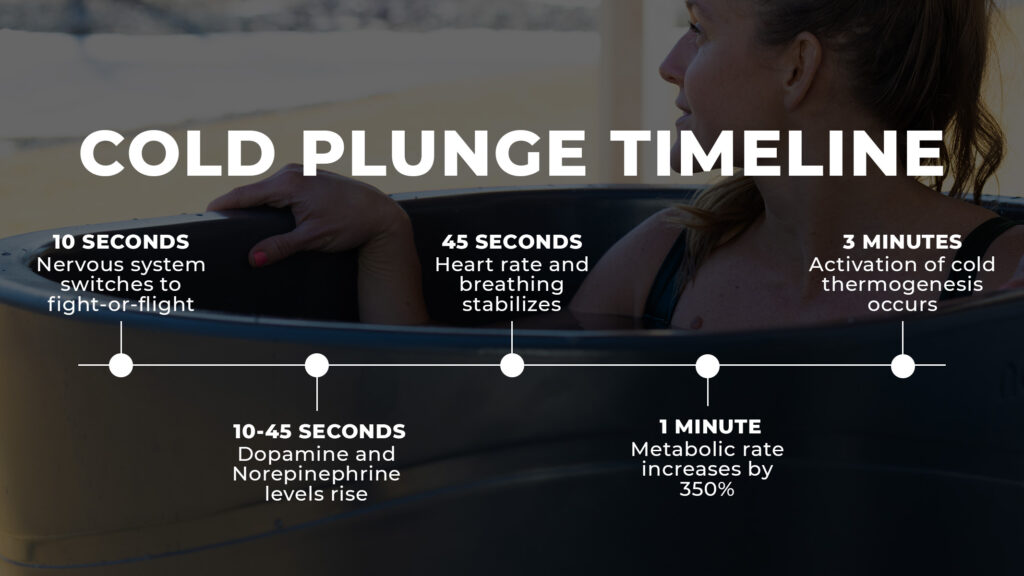
Plunge Before A Workout Pros:
Cold plunging before exercise can help regulate core body temperature, reducing the risk of overheating—especially in hot environments. This cooling effect allows athletes to sustain high-intensity workouts longer, delaying fatigue and optimizing endurance.
Cold water immersion reduces inflammation for better recovery by constricting blood vessels, limiting blood flow to inflamed areas, and reducing the body’s inflammatory response. By addressing inflammation before a workout, cold plunging may help prevent excessive muscle damage and decrease delayed onset muscle soreness (DOMS).
Additionally, cold exposure triggers an endorphin release, increases blood circulation, and stimulates the nervous system—leading to heightened alertness and mental clarity. The initial shock of cold water raises heart rate and oxygen flow, providing a natural energy boost before exercise.
Cons:
Despite its benefits, cold plunging before a workout has potential downsides. Lowering muscle temperature can lead to stiffness and reduced flexibility, increasing the risk of strains or injuries during dynamic movements.
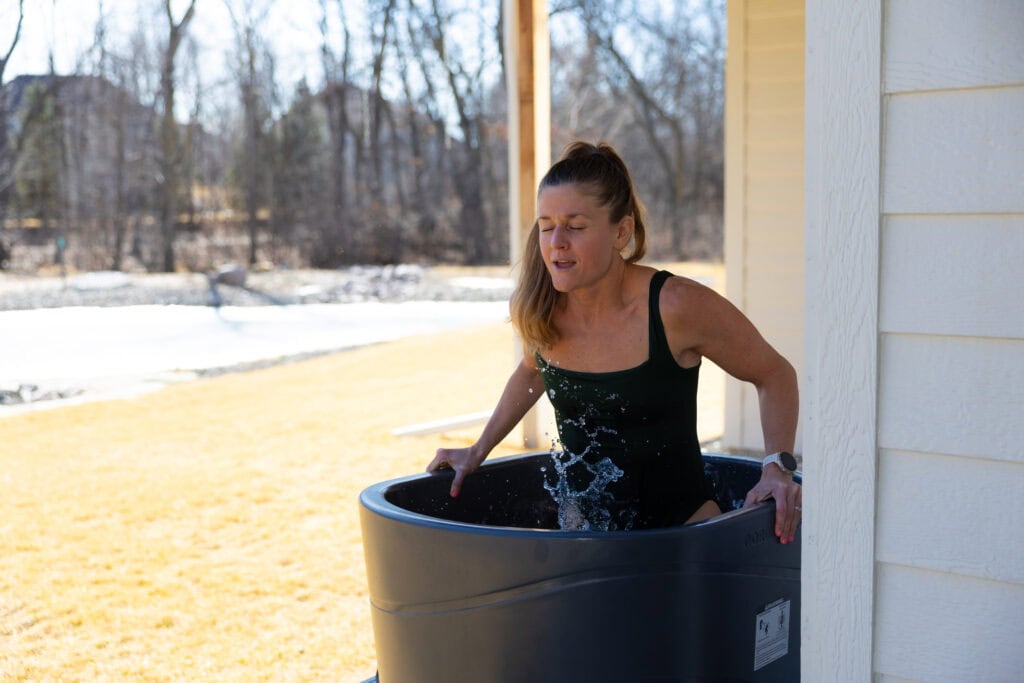
Plunge After A Workout Pros:
Cold plunging after exercise helps lower tissue temperature, reducing nerve activity and muscle spasms. This can alleviate soreness, decrease pain, and speed up recovery time.
Cold water immersion post-workout constricts blood vessels, minimizing blood flow to damaged tissues and reducing swelling. This process helps control post-exercise inflammation and prevents excessive tissue damage, which is especially beneficial for injury recovery and muscle strain management.
Cons:
However, the drawback of cold plunging immediately after strength training is that it may interfere with muscle growth by slowing muscle protein synthesis and cellular activity. The reduced blood flow and metabolic rate in cold conditions could hinder the body’s natural muscle-building processes.
FAQs
You should cold plunge for around 30 seconds to 1 minute to start with. As your body adapts, you can extend your cold plunge to 4-6 minutes. If the water is milder and your tolerance is high, you may go 7+ minutes, but always listen to your body and avoid overexposure. I have personally, started around 1-2 minutes and I’m now consistently doing 3-4 minutes every morning.
The ideal temperature range for a cold plunge is generally considered to be between 50°F and 60°F (10°C and 15°C). As a beginner, I would recommend starting with warmer temperatures and gradually decreasing to colder temperatures. I personally keep my Nordic Wave cold plunge set at 50°F.
It’s generally recommended to sauna before a cold plunge. I personally do not have a sauna, so I’m just doing cold plunging. And while it’s tempting to want to jump into a hot shower afterwards, it’s best to let your body warm up naturally; so that’s what I do.
I would not suggest cold plunging during pregnancy. Extreme cold water immersion during pregnancy can alter blood flow, and you don’t want to alter blood flow to the fetus.
More Review Posts
Favorite ProductsPin This Review: The Benefits of Cold Plunging

This post includes affiliate links. I do earn a commission for products purchased using these links (at no additional cost to you). Thank you for supporting Nourish Move Love, making the content you see on this blog possible.











